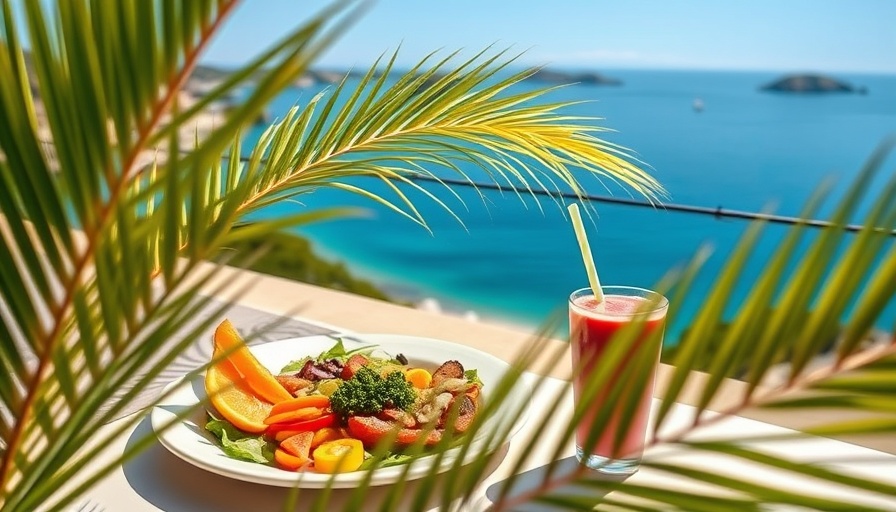
Two Remarkable Survivors of the Sea
Recently, Australian waters have welcomed back two iconic marine figures: Bladerunner the humpback whale and Split Fin the killer whale. Both creatures bear the markings of past encounters with boats, showcasing a powerful narrative of survival amidst a modern world plagued by environmental challenges. Their scars serve as both a reminder of the dangers these majestic creatures face and a call to action for travelers and marine enthusiasts alike.
The Cautionary Tale of Vessel Strikes
Bladerunner and Split Fin exhibit some of the most profound consequences of vessel strikes—collisions between marine mammals and boats. While both whales fortunately healed from their traumatic injuries, their stories highlight a critical environmental issue. Each sighting of these whales is not just a moment of wonder but an opportunity to reflect on human interactions with the ocean. With marine mammals spending much of their lives at the surface, the risk of encountering vessels is alarmingly high. Tragically, for some, these encounters can be fatal or lead to long-term suffering.
Why Every Sighting Matters
Citizen scientists play a pivotal role in tracking these whales. Their passionate involvement through projects like Killer Whales Australia helps gather essential data that can shape conservation efforts. Recognizing and reporting sightings empowers individuals to engage in responsible tourism and fosters a community dedicated to marine protection. It’s this collective effort that can help prevent further tragedies like those experienced by Bladerunner and Split Fin.
Traveling Sustainably and Responsibly
If we want to preserve the beauty of our oceans and the creatures that inhabit them, it’s crucial to emphasize sustainable traveling practices. Tourists should opt for eco-friendly tour operators that respect marine life and their habitats. Involvement in local conservation projects not only enriches the travel experience but also contributes to the health of the aquatic ecosystems we all depend on. When every traveler becomes a steward of the environment, we can create a culture of respect and protection for marine wildlife.
What You Can Do
Next time you find yourself in coastal areas known for whale watching, consider how your visit impacts these environments. Choose to support organizations that focus on marine conservation, give back to local communities through voluntourism, and educate yourself and others about the importance of preserving marine biodiversity. Join local clean-up events and help spread awareness about the threats marine animals face. By making conscious choices, we create a ripple effect that contributes to a healthier planet.
Minding the Future of Our Oceans
As we move forward, it’s essential to keep the stories of survivors like Bladerunner and Split Fin in mind. They remind us of both the beauty and fragility of marine ecosystems. We can look forward to seeing these majestic creatures, provided we advocate for responsible travel practices that safeguard their homes. The future of our oceans lies in how we choose to explore and connect with them today.
Taking action for marine conservation doesn’t just benefit wildlife; it creates a ripple effect, fostering a deeper connection between humans and nature. Let’s commit to responsible tourism practices that honor and protect our ocean wildlife.
 Add Row
Add Row  Add
Add 




Write A Comment